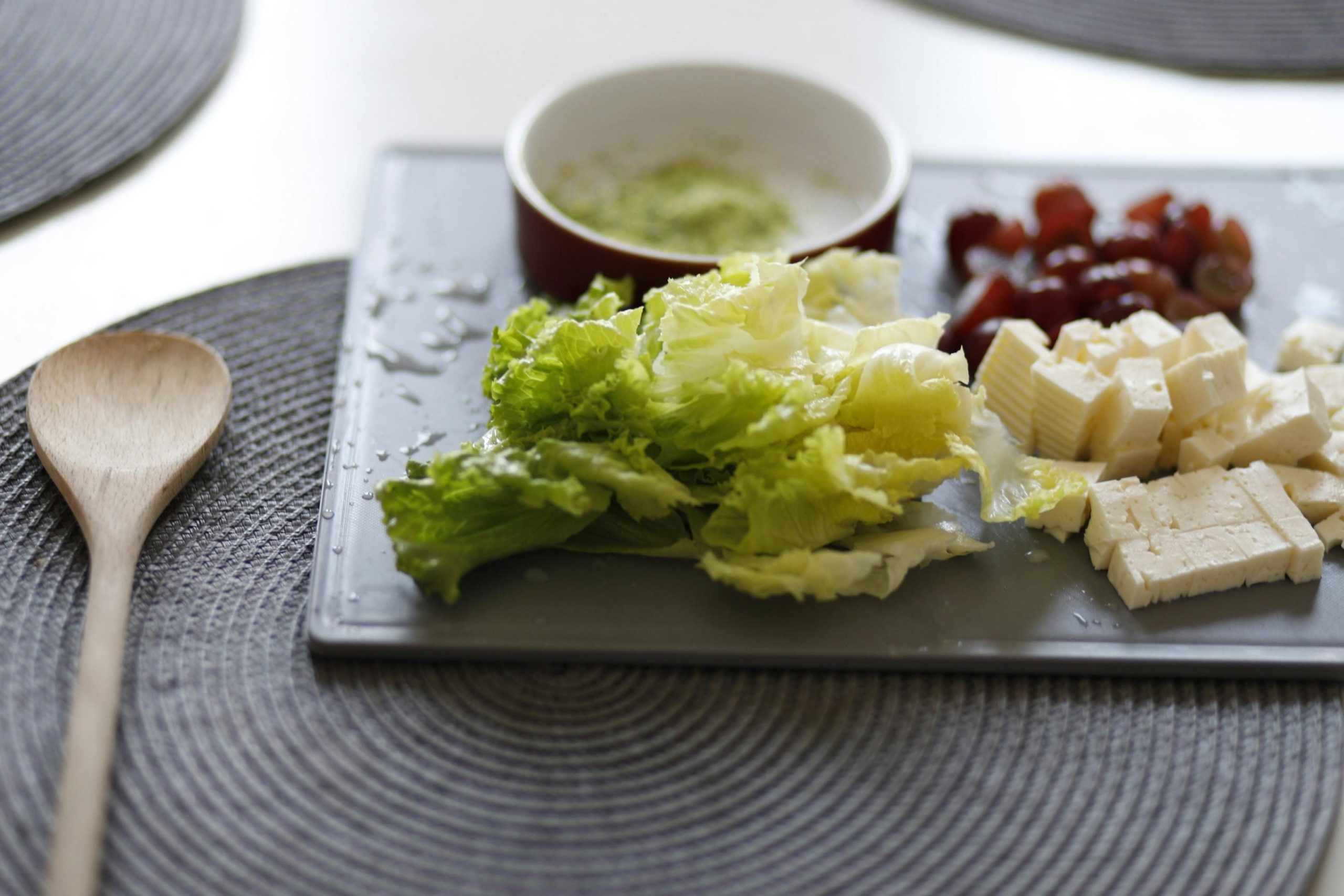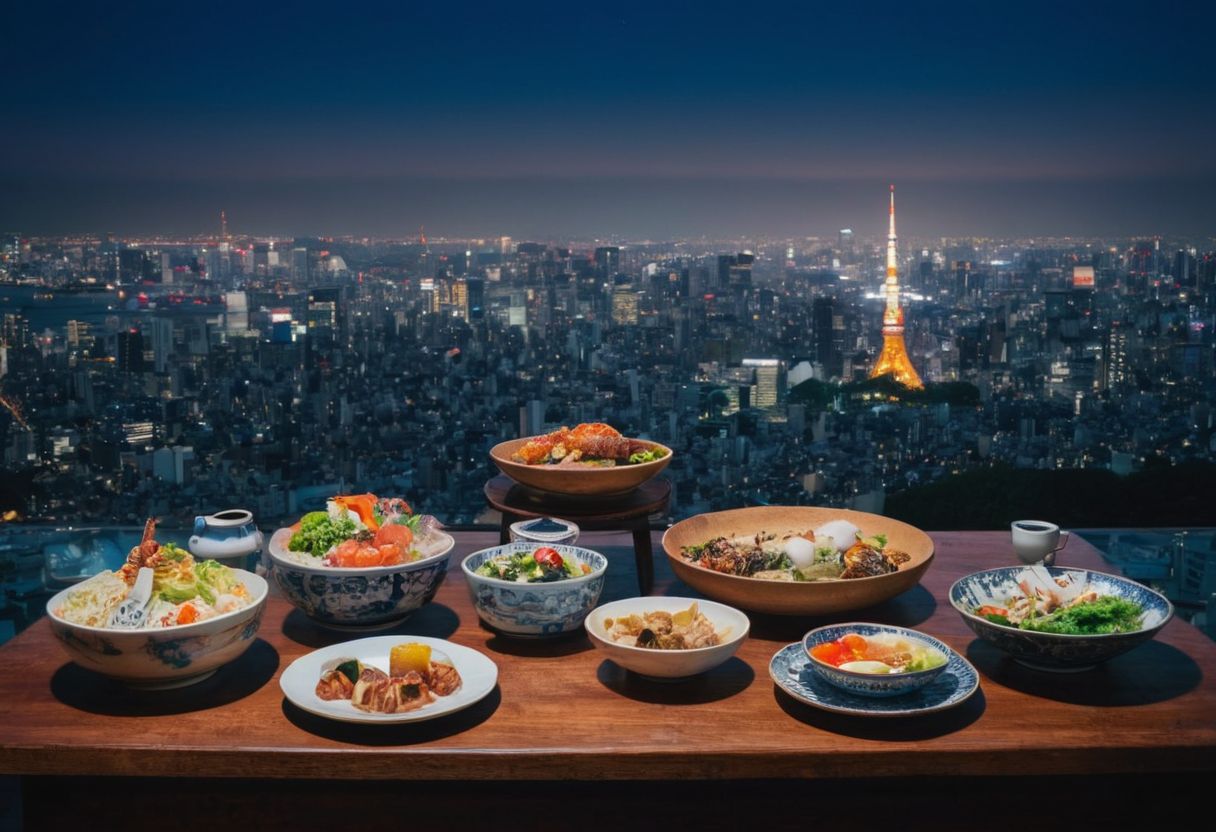Dive into the sizzling world of Hibachi Teppanyaki, where every meal is both a feast for the taste buds and a spectacle for the eyes!
Ever wondered what sets hibachi apart from teppanyaki, or why these cooking styles have captivated food lovers worldwide?
The key difference lies in their equipment and technique: hibachi typically uses an open grate grill with charcoal or wood, ideal for searing meat and vegetables, whereas teppanyaki is famed for its large, flat iron griddle, perfect for cooking a wider variety of foods including rice and noodles.
In this blog, we’ll explore the rich history, distinctive cooking styles, and the theatrical art performed by teppanyaki chefs, alongside the evolution of hibachi in American culture and the innovative designs that have transformed these traditional Japanese cooking methods.
The Rich History of Hibachi and Teppanyaki
The rich history of hibachi and teppanyaki is a fascinating journey that begins in Japan and spans centuries. Hibachi, translating to “fire bowl” in Japanese, originally referred to a heating device used during the Heian period. This simple tool was used to heat rooms and cook food using charcoal. Teppanyaki, which means “grilling on an iron plate,” is a more modern culinary invention that emerged post World War II, combining traditional Japanese grilling techniques with Western influences.
Over time, both cooking styles evolved significantly. Hibachi moved from a basic heating element to become a popular cooking style in Japanese restaurants, focusing on the natural flavors of the ingredients. On the other hand, teppanyaki became famous for its theatrical cooking performances, especially in Western countries. This style uses iron griddles to cook food, often right before the diners, making the meal preparation an engaging spectacle.
Cooking Styles of Hibachi and Teppanyaki
Hibachi and teppanyaki are distinguished by their unique cooking styles and equipment. Hibachi traditionally uses a charcoal or wood-burning open grate grill, which is ideal for searing meat and imparting a smoky flavor. The focus in hibachi is on simple, direct grilling techniques that highlight the ingredients’ natural tastes with minimal seasoning.
Teppanyaki, contrastingly, utilizes a large, flat iron griddle that allows for a diverse range of cooking techniques. Foods such as shrimp, beef, and vegetables are cooked with a small amount of oil on this hot surface. The teppanyaki chef’s skill in handling these ingredients not only ensures delicious meals but also provides an entertaining performance, including tricks like the famous onion volcanoes or expertly tossing shrimp tails.
The Theatrical Performance of Teppanyaki Chefs
The theatrical performance of teppanyaki chefs is a central element of the dining experience. These chefs are not just cooks; they are performers, skilled in both culinary arts and customer engagement. Armed with their tools – the griddle, spatula, and knife – they prepare meals with flair and precision right before the diners’ eyes.
Highlights of a teppanyaki performance often include:
- Flipping shrimp tails with expert timing
- Crafting onion volcanoes that erupt in flame
- Engaging with guests through humorous or informative banter
This interactive dining experience makes teppanyaki not just a meal but a memorable event, blending the art of cooking with entertainment.
Americanization of Hibachi Cooking
When hibachi cooking crossed into America, it underwent significant transformation, adapting to local tastes and dining expectations. Originally a method focused on simple flavors and minimalistic cooking, American hibachi incorporated more robust seasonings and entertaining cooking styles, appealing to a culture that values spectacle and variety.
This Americanization of hibachi also led to changes in the food served. Traditional dishes were often modified to include ingredients more familiar to the American palate, and the portions became larger. The entertaining aspects of hibachi, such as chefs performing tricks with food or engaging directly with guests, became a staple, turning the hibachi dining experience into a lively, interactive event that contrasts with its more subdued Japanese origins.
Food Preparation in Hibachi vs. Teppanyaki
In the captivating world of Japanese cuisine, hibachi and teppanyaki stand out for their unique approaches to food preparation. Hibachi grilling, with its use of charcoal or wood, offers a smoky, intense flavour that is hard to replicate. This method focuses on the natural tastes of the ingredients, making it a favourite for those who appreciate a more traditional, straightforward style of cooking.
Contrastingly, teppanyaki uses a large, flat iron griddle that is perfect for cooking a variety of foods at once. This method not only allows for cooking with minimal oil but also turns food preparation into an entertaining show. The teppanyaki chef’s ability to engage guests while expertly managing the griddle creates a dynamic dining experience that combines flavour with performance.
Exploring Grill Styles in Hibachi and Teppanyaki
Hibachi grills are often small and portable, with an open-grate design that is perfect for direct grilling. The traditional charcoal-based hibachi imparts a distinct smoky flavour to the food, which is highly prized in Japanese cuisine. This method is ideal for cooking skewered meat, seafood, and vegetables, allowing them to cook quickly while retaining a rich, charred taste.
On the other hand, teppanyaki grills feature a completely flat, solid griddle that is typically heated by propane. This large metal plate is ideal for cooking smaller, finely chopped foods such as rice, eggs, and chopped vegetables. The flat surface allows for an even distribution of heat, ensuring that food is cooked uniformly and can be easily flipped or moved around during the cooking process.
Heat Sources for Hibachi and Teppanyaki Grills
The choice of heat source plays a crucial role in defining the cooking style of both hibachi and teppanyaki. Hibachi grills traditionally use charcoal or wood, which provides a high heat that is perfect for quick grilling. The intense heat from the charcoal ensures that food retains a smoky flavour, which is a signature of hibachi cooking.
Teppanyaki grills, however, commonly use propane gas to heat the metal plate. This provides a consistent, controllable heat that is ideal for the diverse cooking techniques used in teppanyaki, from sautéing to grilling. The even heat distribution is crucial for cooking a variety of dishes simultaneously without burning them.
Innovative Grill Table Designs for Hibachi
Innovative grill table designs in hibachi are transforming the dining experience by integrating functionality with aesthetic appeal. Some modern hibachi grills are built into stylish tables that not only serve as cooking platforms but also as dining areas. These tables often feature advanced ventilation systems that extract smoke and keep the dining area comfortable.
Additionally, many hibachi tables are equipped with adjustable heat settings, allowing chefs to control the temperature precisely. This flexibility enhances the cooking process, ensuring that different foods can be cooked at their ideal temperatures. The integration of technology and design in these tables makes hibachi dining not just about food, but also about the overall experience.
Discover Hibachi Teppanyaki with Indulge in Zurich
INDULGE in Zurich offers a unique opportunity to dive into the world of hibachi teppanyaki, a culinary style that combines the flavours and techniques of traditional Japanese cooking with a Swiss twist. By participating in one of their curated culinary experiences, food enthusiasts can explore this fascinating cooking style, guided by expert chefs who are skilled in the art of hibachi and teppanyaki.
These culinary tours are not just about tasting food; they are an educational journey into the world of international cuisines. Highlights of the INDULGE experiences include:
- Learning about the distinct techniques used in hibachi and teppanyaki
- Understanding how these methods enhance the flavour of the dishes
- Enjoying a meal that is both a visual and gastronomic delight
Booking a tour with INDULGE is an excellent way for locals and tourists alike to expand their culinary horizons in Zurich.
Frequently Asked Questions
Is hibachi the same as teppanyaki?
No, hibachi and teppanyaki are not the same. Hibachi typically uses an open grate grill with charcoal or wood, ideal for searing meat and vegetables. In contrast, teppanyaki is famed for its large, flat iron griddle, perfect for cooking a wider variety of foods including rice and noodles.
What does hibachi mean in Japanese?
In Japanese, hibachi translates to “fire bowl.”








